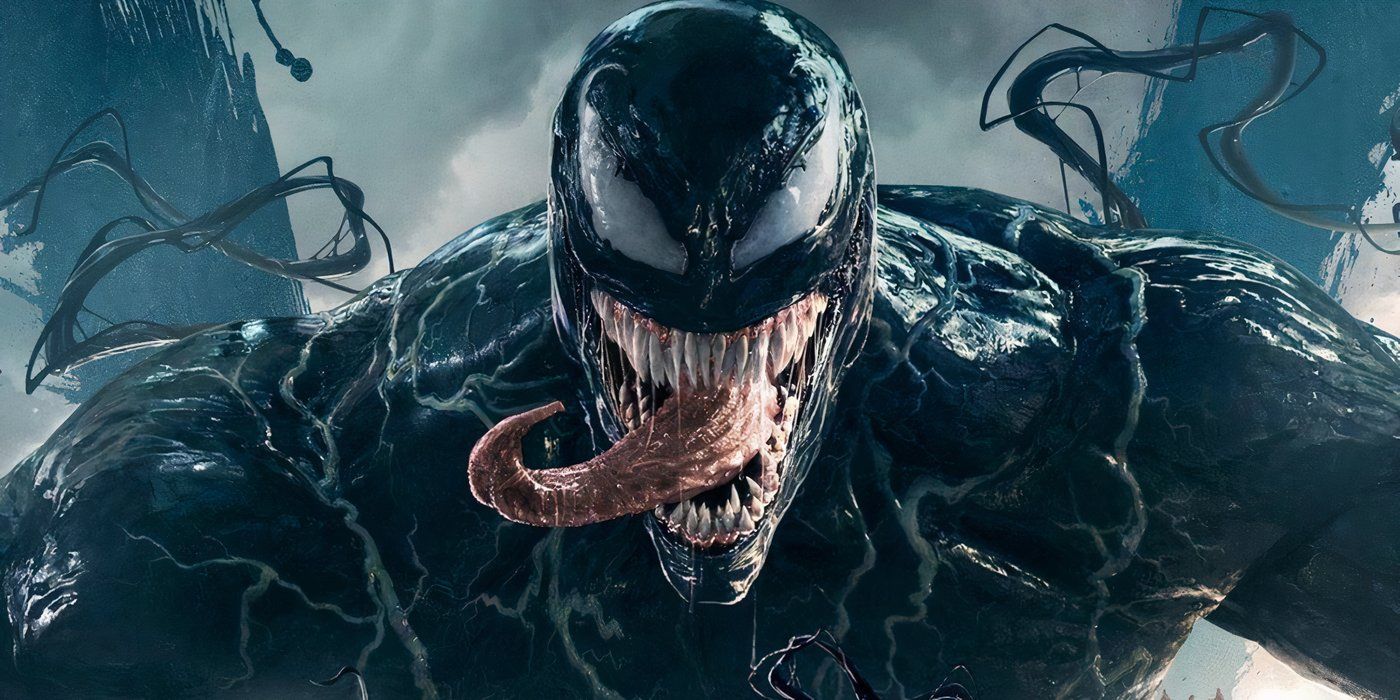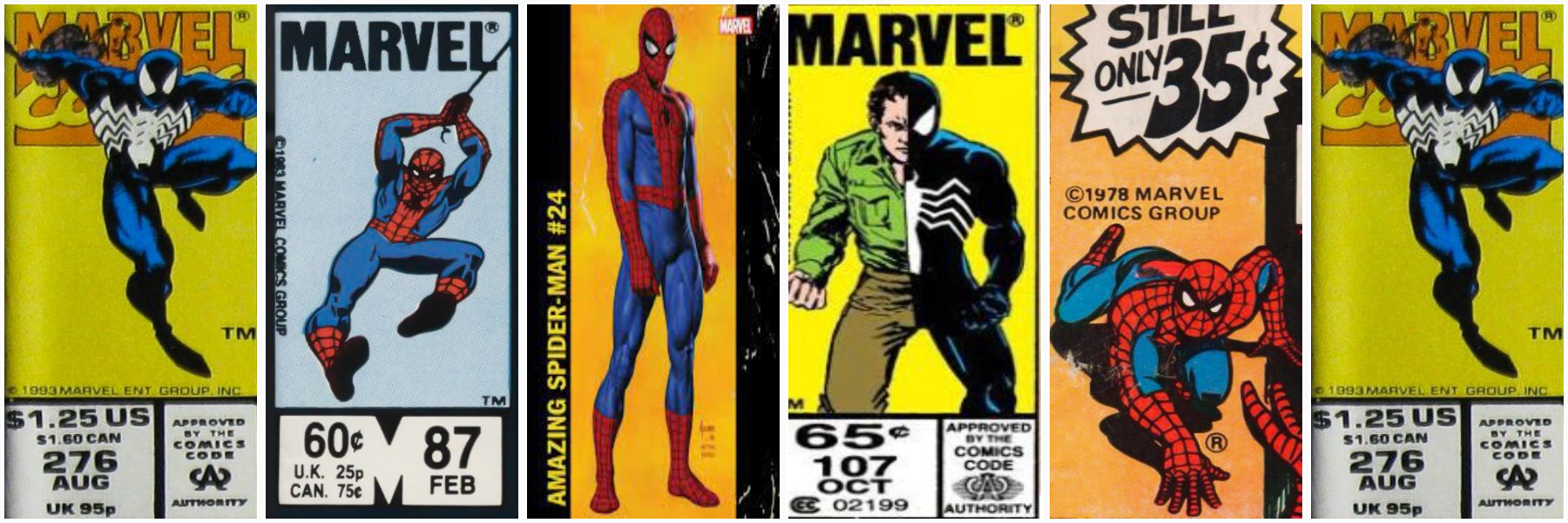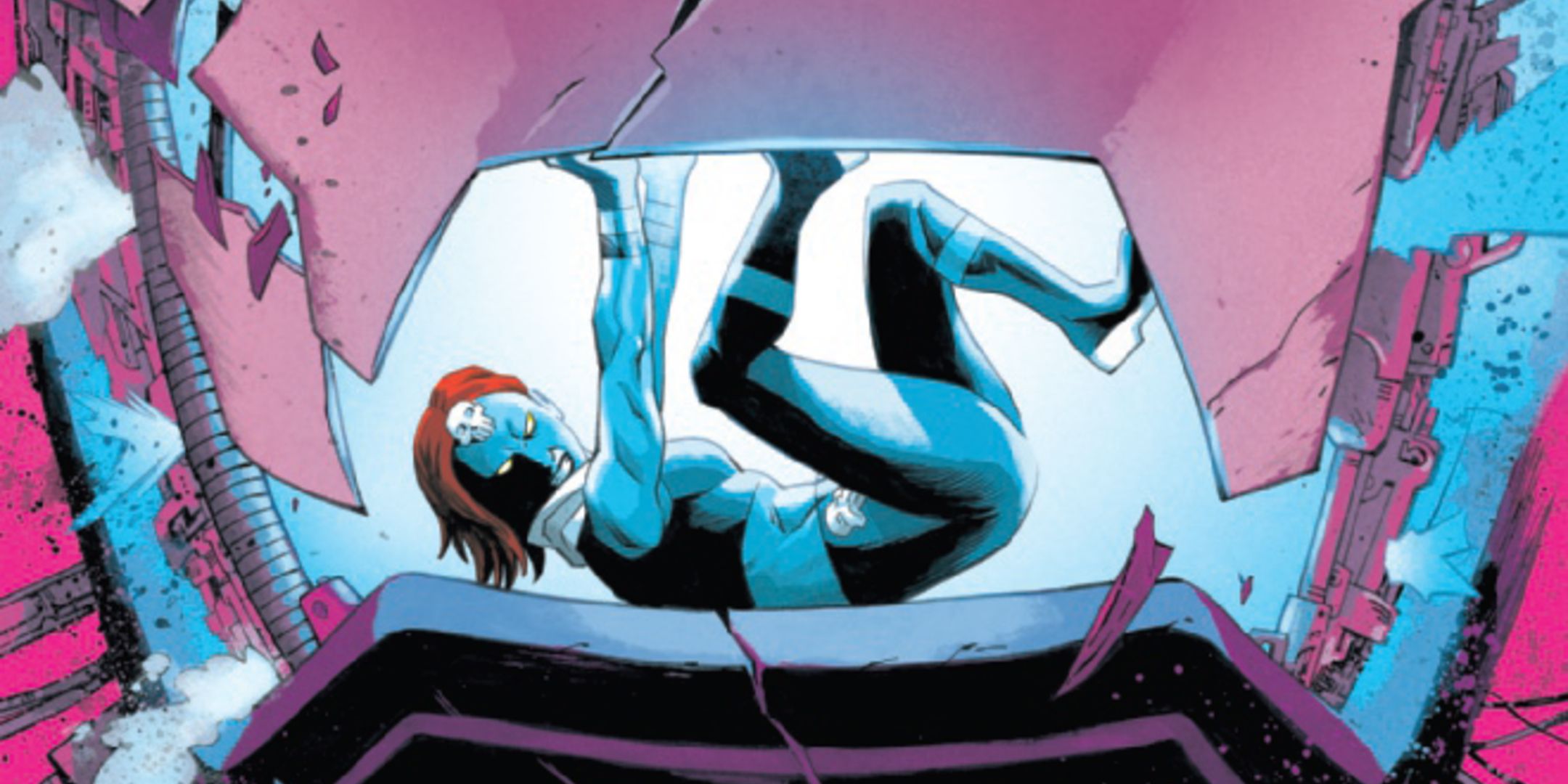
City of Glass, the first novel in the series, was adapted into comics by writer Paul Karasik and artist David Mazzucchelli back in 1994. Although it went out of print, a new edition in 2004 helped it go on to become a cult classic, published in over 30 editions worldwide, and excerpted in The Norton Anthology of Postmodern Fiction. Even in its original form, the book helped solidify the worth of the graphic novel format itself.
30 years later, the rest of Auster’s trilogy are getting adaptations, all written by Karasik and collected into one edition this April. Ghosts is adapted with illustrations by the great Lorenzo Mattotti, and The Locked Room will be drawn by Karasik. Neither has been published before.
Even in a week of incredible news, word that Lorenzo Mattotti has drawn a brand new adaptation of Paul Auster’s New York trilogy is still amazing.
For those not familiar:
The New York Trilogy is post-modern literature disguised as Noir fiction where language is the prime suspect. An interpretation of detective and mystery fiction, each book explores various philosophical themes. In City of Glass, an author of detective fiction investigates a murder and descends into madness. Ghosts features a private eye named Blue, trailing a man named Black, for a client called White. This too ends with the protagonist’s downfall. And in The Locked Room, another author is experiencing writer’s block and hopes to break it by solving the disappearance of his childhood friend.
Karasik is an important figure in literary comics, who started as associate editor on RAW magazine, and later co-wrote How to Read Nancy and helped reintroduce Fletcher Hanks to contemporary comics audiences, in addition to many other accomplishments. He’s also drawn cartoons for the New Yorker, and many other things.
The collected edition goes on sale April 8th. The original City of Glass was a unique masterpiece, melding Auster’s wordplay and allusions with Mazzucchelli’s imagery in a powerful way that proved the unique storytelling possibilities of the form. The completed trilogy arrives in a very different world…but should be no less fascinating.



















 English (US) ·
English (US) ·